If you live in the North Eastern part of the United States or in Canada, you have to be aware of the dangers of ticks. These bugs don’t only attach to animals, they also bite children and adults. According to the New York Times, ticks can cause Lyme disease, but they can also transfer deadly pathogens like a neurological illness that kills 10% of its victims. Even if there exists a number of antibiotics and other treatments that treat tick bites, it is best to eliminate them before they attack us. In this article, you will discover how to protect yourself, your kids, and your pets from tick bites.
12. Protect your children from ticks and Lyme disease

Lyme disease, a disease that is transmitted by a tick bite, is relatively rare but has increased in the last few years in Canada (from 144 cases in 2009 to 917 in 2015), children aged 5 to 9 are the most affected age group. If it’s not treated in the early stages, Lyme disease can cause problems, like meningitis, a temporary weakness of the muscles in the face, and arthritis. Here is what you should know to protect your children from this growing disease.
11. Where do ticks hide?

According to a map from the National Institut of Public Health, “the number of municipalities where people expose themselves to a possible risk, low or moderate, has increased by 18% in one year”. “The only city in Quebec that is considered a high risk place to catch Lyme disease by a tick bite is Farnham” according to La Presse.
Ticks are often found in high grass in humid regions. This is why they are only a problem in the summertime in Quebec. They wait patiently in wooded areas, and cling to you once you’ve passed by. Your animals also risk getting bitten by ticks. They are as big as the head of a pin, so they are not easy to catch, and they can easily hide in your animal’s fur. If your animal starts acting differently, it can be a sign it has been bitten.
10. Reduce the risks of bites
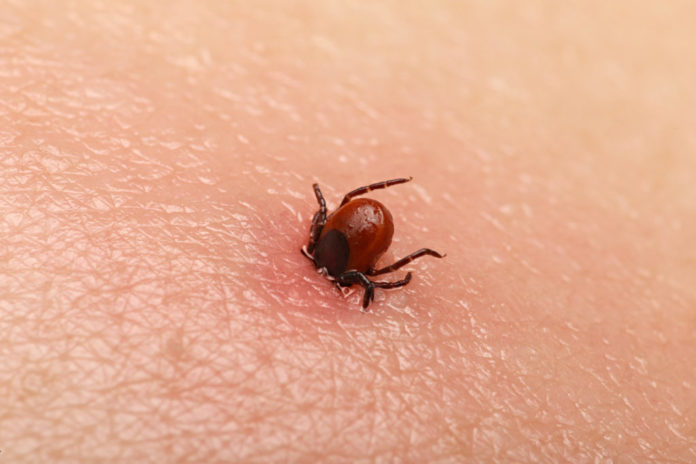
Your kids should follow these tips to protect themselves from tick bites:
- Wear pants and long-sleeve shirts when they go out in the woods;
- Put their pants inside their socks;
- Wear a hat;
- Wear light coloured clothing;
- Apply an insect repellent.
9. Each time your children come back from the outdoors

- Verify from head to toes that they don’t have ticks;
- Place the clothes they wore in the dryer for 15 minutes.
8. If you find a tick on your child

- Use a needle purchased at the pharmacy and follow the instructions on the packaging.
- Place the tick in a container and bring it to a clinic to get it analyzed.
- Wash the skin with a bit of hydrogen alcohol.
- Don’t go to the emergency for a tick bite if your child doesn’t have any of these symptoms: a fever, a headache, muscle or joint pains.
According to Joan Robinson, president of the Infectious Diseases and Immunization Committee of the Canadian Paediatric Society at the Stollery Children’s Hospital in Edmonton: “A tick has to be stuck to the skin for about 24 hours before transmitting Lyme disease. If you remove it quickly, the risks of getting sick are very low.”
7. Know how to identify a tick on your animal
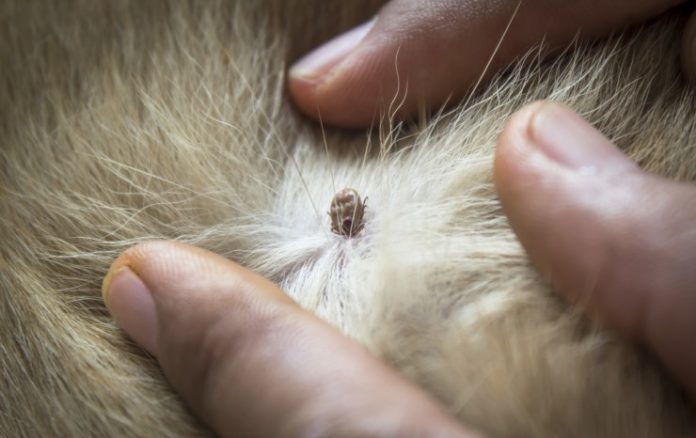
During the summer months, most veterinarians will receive many weekly visits from anxious people who need to get a tick removed from their animal. This is a very easy thing for a veterinarian to do. Identifying and eliminating ticks at home won’t be difficult if you follow these simple tips to make sure you do it well the first time. The first step in taking out a tick from your animal is to actually know what the tick looks like!
Ticks come in a variety of sizes depending on their age, and how often they eat. They are usually the size of the head of a needle to the size of a nail. They are oval or rond and come in different colours (a light cream colour to a deep grey). In general, the tick will ressemble a small, round pebble. Once they have attached themselves to your animal, you won’t be able to see their legs or the teeth they use to pierce the skin.
6. Learn how to find a tick on your animal

Ticks can dig their teeth on any area of exposed skin of your pet, but generally, they opt for areas where there is less hair, an area that contains a lot of blood that’s right under the surface. The face, the neck, the lower belly, and inside the legs are places that are ideal for the tick to sink its teeth in. Each time you come back from a walk with your dog or if you have an animal that hangs around in high grass (most particularly in humid environments like wooded areas and swampy areas), it is best to take a quick look and check for ticks.
5. How NOT to take out a tick

Before continuing to explain the best ways to get rid of a tick in your animal, it’s important to explain ways NOT to get rid of the tick. Here they are:
- Do not brush, scratch, or pull the tick out of the skin. When you pull, the tick’s teeth can stay inside the skin and cause infections or other problems.
- Do not leave the tick inside and think that your dog or cat will take care of it itself.
- Do not try to take out the tick without any gloves since the tick can cause diseases and infections like Lyme disease, which can affect you or your pet.
- Do not try to burn the tick.
- Do not spray the tick with a insect repellent or a toxic spray.
- Do not use alcohol to eliminate the tick and don’t try to suffocate it with vaseline or soap.
4. Here are appropriate ways to eliminate ticks

There exists many appropriate and secure ways to get rid of a tick from your pet.
- The simplest, most secure, and the most efficient way of getting rid of a tick is to use a took called the “twister”. They are little plastic sticks with a hook-like tip with a slit in the middle. It will hook itself on the tick. Once the hook is holding the tick, slowly turn the twister, the tick should detach itself after 2-3 turns. If you’ve been to the veterinarian to remove a tick, they have probably used this tool. Most veterinarians sell the tool in their clinics or you can order them online.
- You can also use a pair of tweezers with a cone end to get rid of the tick. Use the tweezers to take the tick as close to the skin as possible. Don’t squeeze it too hard, and don’t hold the body of the tick since this can kill the tick, and leave part of it inside your pet. The part stuck in your animal can release toxins in its body. Slowly, and with a constant pressure, twist and lift the tick out of the skin. Don’t apply too much force, because, as mentioned, you don’t want the head of the tick to stay inside.
3. Do a follow up

Whatever method you used to eliminate the tick, it is essential that you make sure it is completely out. If the head of the tick is still stuck inside, bring your animal to see a veterinarian so they can examine and eventually perscribe antibiotics to eliminate the tick completely.
Once the tick is fully out, clean the area completely and apply some topical antiseptic. Keep an eye on the area for a few days to make sure it does not get infected or inflammed.
2. Make your own natural repellent
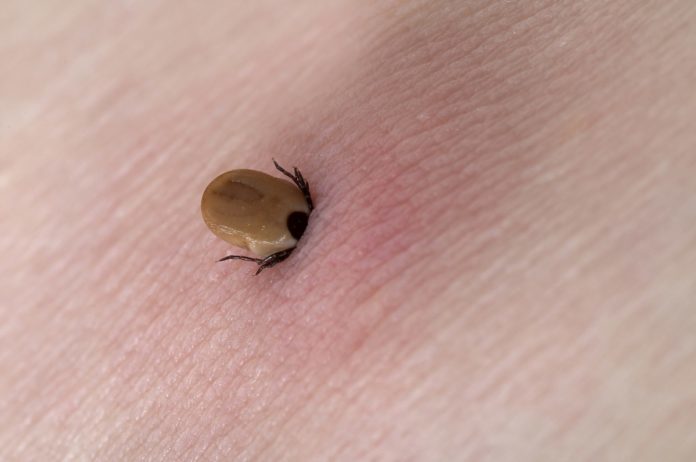
According to the website, Wondercident, cedarwood oil helps fight against tick bites and other insects. It is a great natural repellent.
- Cedarwood oil removes the humidity from the body of the insect. This dries them out and makes them die of dehydration.
- Cedarwood oil also unbalances the pH level of a tick. Once this happens, the tick’s system does not work correctly.
- It also works in breaking down the fat in the body of tick which irritates its respiratory system.
- The odor of the cedarwood oil blocks the odorant receptors of the tick. The ticks need these receptors to survive, from moving to smelling.
- Cedarwood oil causes the tick’s eggs to disintegrate.
1. How to use cedarwood oil

- Fill half of an 8 oz bottle with boiled or distilled water.
- Fill the other half with hamamelis.
- Add 30-50 drops of cedarwood essential oil. You can mix cedarwood oil with rosemary, lavender, cinnamon, eucalyptus, etc.
OR
- Add 3 oz of distilled water, 3 oz hamamelis, and 1 tablespoon apple cider vinegar in a spray bottle.
- Add about 10 drops of geranium rosat oil, 10 drops of lemongrass oil, and 5 drops of cedarwood oil.
- Shake the bottle before spraying it on your skin and your clothes. Do this every 20-30 minutes.
Sources:
- pets4homes.co.uk
- La Presse
- Today’s Parent
- Vie Tonique
- Young Living Blog
- Wellness mama
- Remedy Daily
- Livestrong
- New York Times
- Wondercide
- Bright Hub


![[Photos] Why WD-40 Is Magic In Your Garden?](https://lifetonik.com/wp-content/uploads/sites/7/2019/08/WD40-Prices-Highres_Page_8_Image_0008-218x150.jpg)
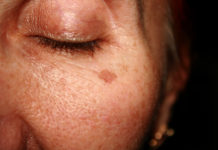




![[Photos] Take A Look Of The Obama’s New Home Before It’s Banned](https://lifetonik.com/wp-content/uploads/sites/7/2019/07/Obama1-218x150.jpg)

![[Slideshow] Celebrity Homes: 21 Of The Most Luxurious](https://lifetonik.com/wp-content/uploads/sites/7/2019/07/Taylor-Swift-218x150.jpg)
![[Slideshow] More Parents Are Now Gluing Pennies to the Bottom of their Kid’s Shoes](https://lifetonik.com/wp-content/uploads/sites/7/2019/07/Keep-Them-Entertained-218x150.jpeg)
![[Photos] 20 Fashion Mistakes That Too Many Women Make!](https://lifetonik.com/wp-content/uploads/sites/7/2019/07/5-style-mistakes-that-make-you-look-frumpy-featured-218x150.jpg)











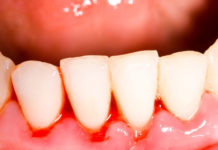







![[Gallery] 25 Discounts For Seniors To Which You Are Entitled Without Knowing It](https://lifetonik.com/wp-content/uploads/sites/7/2019/08/EAZxECUXUAAvNZR-218x150.jpg)
![[Slideshow] Here’s the salary of every governor in the United States](https://lifetonik.com/wp-content/uploads/sites/7/2019/08/Charlie-Baker-218x150.jpg)
![[Photos] No One Will Want To Buy This House After Seeing These Pictures](https://lifetonik.com/wp-content/uploads/sites/7/2019/08/terrible-real-estate-photos-2-5c35e727c9f95__700-218x150.jpg)



